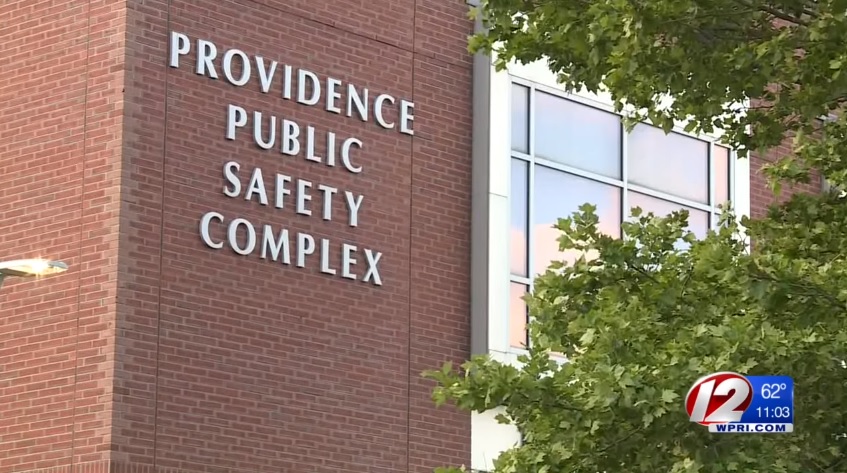New orders to Philly PD: Keep moving — nothing to see here — fire department’s got it

Philadelphia FD radio traffic from Amtrak derailment
When Philadelphia Fire Department Deputy Fire Chief Anthony Sneidar pulled up to the scene 15 minutes after the Amtrak derailment that killed eight people and injured 156 a year ago, he found access blocked by a large number of police cars. According to reporter Sam Wood at The Inquirer, Chief Sneidar pleaded over the radio to get the cop cars moved. Sneidar later told the National Transportation Safety Board, “They’re just killing us here.”
This wasn’t just a simple case of police cars blocking access to fire and EMS. The police did an awful lot of scooping and running to area hospitals. According to reporter Wood, of the 43 seriously hurt passengers only three were sent to trauma centers by ambulance.
Sneidar told NTSB investigators that police ignored his attempts to bring patients to a triage area and stop the transports by police cars and wagons. The fire department says this created concerns about safety at the scene and patient care. It also worked against efforts to share the victims among numerous hospitals so one didn’t get overloaded.
Now, a new mass casualty plan to be adopted next week is supposed to prevent this from happening again, by restricting cops from taking victims of disasters to the hospital.
Despite this new order coming from top city officials, it doesn’t appear the cops are taking it very well or very quietly:
“I would hate to think how it would have been if our cops waited for a triage operation,” said police department spokesman Lt. John Stanford, who said the new guidelines might be resisted by the rank and file.
“When you see individuals screaming for help in wreckage like that, your first instinct is to start helping,” said Stanford. “Our No. 1 priority was to get people the treatment the needed.”
According to a 2014 study, when city police transported shooting victims the survival rate was slightly better than when the gravely wounded were taken by ambulance.
But that doesn’t mean police should do the same in a situation like a train derailment, said the study’s primary author, Roger A. Band, a physician in the Department of Emergency Medicine at Thomas Jefferson University Hospital.
“Our study only looked at patients who had penetrating trauma, gunshot wounds or stab wounds in an urban setting, which is very different from patients who have sustained blunt traumatic injuries,” Band said.







